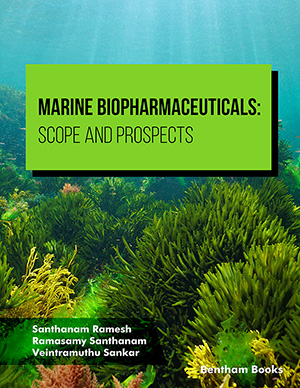Abstract
Background: Sidr honey has been reported to exhibit antimicrobial activity against numerous pathogenic bacteria making this honey a promising functional food for the treatment of wounds or stomach ulcers.
Objective: The purpose of this study was to investigate the effect of Sidr honey against P. aeruginosa and S. pyogenes. Methods: Minimum inhibitory concentration (MIC) and Minimum bactericidal concentration (MBC) for Sidr honey were determined by the broth dilution method. The growth curve of both bacteria with MIC, half-MIC, and quarter-MIC was monitored by optical density (at OD570). The timekill curve was used to determine the bacteriostatic and bactericidal activity of Sidr honey on both bacteria by plotting colony-forming unit (CFUs) versus time. The effect of Sidr honey on the ultrastructure of the P. aeruginosa and S. pyogenes was investigated using scanning electron microscopy (SEM). The effect of Sidr honey on the expression of virulence genes in both bacteria was determined using quantitative reverse transcription-polymerase chain reaction (RT-qPCR). Results: The results showed that Sidr honey possessed the lowest MIC value against P. aeruginosa and S. pyogenes with 12.5% (w/v) and 20% (w/v), respectively. In addition, the MBC value for Sidr honey was found to be 20% (w/v) and 25% (w/v) against P. aeruginosa and S. pyogenes respectively. Growth curves conducted with MIC Sidr honey resulted in no growth of P. aeruginosa and S. pyogenes. Growth curves with half-MIC Sidr honey resulted in a reduced growth rate and reduction in overall cell number in both bacteria over a period of 24 h, compared with cells grown without honey. In the time-kill curve, treatment of P. aeruginosa and S. pyogenes with Sidr honey for 8 hours resulted in decreases of 4-log reduction (P < 0.05) in total viable counts (TVCs). SEM analysis revealed marked changes in the bacterial cell morphology for both bacteria following treatment with Sidr honey. These changes included the appearance of irregular shapes, incomplete cell division, and swelling cells. The RT-qPCR results showed that the expression of algD, oprF, fleN, fleQ, fleR, fliA, and fliC in P. aeruginosa decreased 0.43-fold, 0.38-fold, 0.41-fold, 0.51-fold, 0.40-fold, 0.61-fold, and 0.39-fold respectively after exposure to Sidr honey. Meanwhile, the expression of sof, sfbl, and scpA in S. pyogenes decreased 0.18-fold, 0.21-fold, and 0.28-fold respectively, after treated with Sidr honey. Conclusion: Using varying methods to evaluate the planktonic integrity, this study demonstrated that Sidr honey has antibacterial activity against both bacteria and has potential as a therapeutic agent for microbial infection, particularly against these two organisms. To our knowledge, this study is the first to indicate that Sidr honey is effective at inducing cell lysis and identify target genes at the genetic level that might be involved in this process.Keywords: Sidr honey, antibacterial activity, scanning electron microscopy (SEM), gene expression.





























